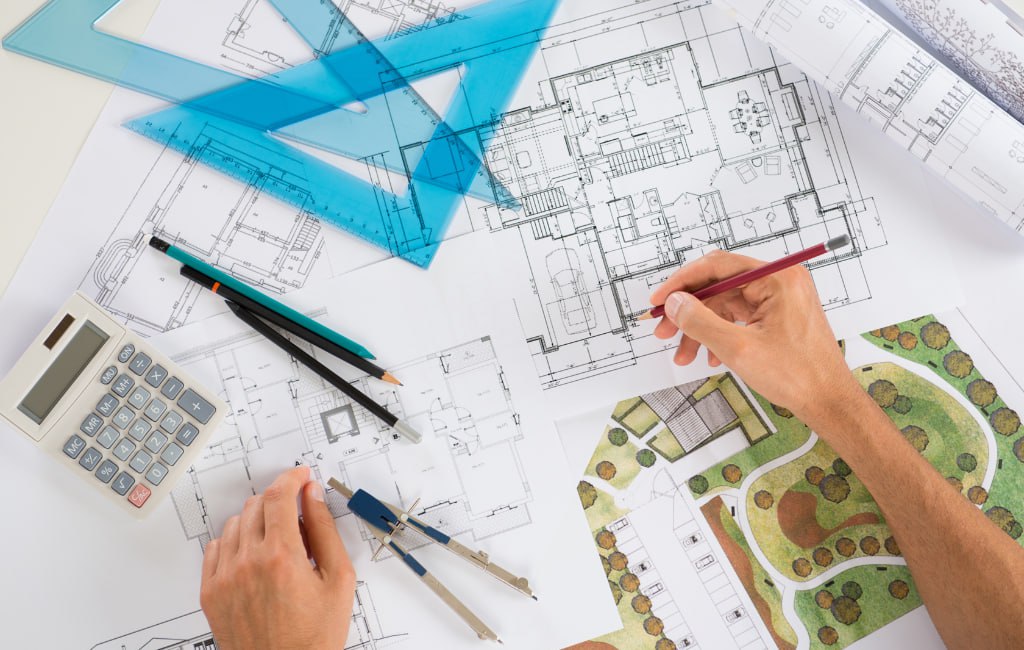Architect Ideas for Creative Spaces
In the ever-evolving field of architecture, the design of creative spaces has become a focal point for fostering innovation and productivity. These spaces are not just about aesthetics; they are about creating environments that inspire and motivate. This article explores various architect ideas for designing creative spaces, supported by examples, case studies, and statistics.
Understanding Creative Spaces
Creative spaces are environments designed to stimulate creativity and innovation. These spaces can be found in various settings, including offices, schools, and public areas. The goal is to create an atmosphere that encourages free thinking and collaboration.
Key Elements of Creative Spaces
- Flexibility
- Natural Light
- Comfortable Furniture
- Inspiring Decor
- Technology Integration
Flexibility in Design
Flexibility is a cornerstone of creative space design. Spaces that can be easily reconfigured to suit different activities and group sizes are highly valued. Movable walls, modular furniture, and open floor plans are common features.
Case Study: Google Offices
Google’s offices are renowned for their flexible design. The use of modular furniture and open spaces allows employees to adapt their work environment to their needs. This flexibility has been linked to increased productivity and job satisfaction.
Natural Light and Its Impact
Natural light plays a significant role in creative spaces. Studies have shown that exposure to natural light can improve mood, energy levels, and overall well-being. Large windows, skylights, and open spaces that allow for ample daylight are essential features.
Example: The Salk Institute
The Salk Institute in La Jolla, California, designed by Louis Kahn, is a prime example of the effective use of natural light. The building’s design maximizes natural light, creating an inspiring and uplifting environment for researchers.
Comfortable and Ergonomic Furniture
Comfortable and ergonomic furniture is vital for creative spaces. Furniture that supports good posture and reduces physical strain can enhance focus and productivity. Adjustable chairs, standing desks, and lounge areas are popular choices.
Statistics on Ergonomics
According to a study by the American Society of Interior Designers, 68% of employees report discomfort due to poorly designed workspaces. Investing in ergonomic furniture can significantly reduce this discomfort and improve overall productivity.
Inspiring Decor and Art
Decor and art play a crucial role in setting the tone of a creative space. Bold colors, unique artwork, and inspiring quotes can stimulate creativity and provide a sense of identity. Personalization of space is also encouraged to make individuals feel more connected to their environment.
Example: Pixar Animation Studios
Pixar’s headquarters in Emeryville, California, is a testament to the power of inspiring decor. The building features vibrant colors, unique artwork, and themed rooms that reflect the company’s creative spirit.
Technology Integration
In today’s digital age, technology integration is a key aspect of creative spaces. High-speed internet, interactive screens, and collaborative software tools are essential for modern work environments. These technologies facilitate communication and collaboration, making it easier for teams to work together effectively.
Case Study: Microsoft Envisioning Center
The Microsoft Envisioning Center in Redmond, Washington, showcases the future of technology-integrated workspaces. The center features state-of-the-art technology, including interactive displays and advanced communication tools, designed to enhance collaboration and innovation.
Conclusion
Designing creative spaces involves a thoughtful blend of flexibility, natural light, comfortable furniture, inspiring decor, and technology integration. These elements work together to create environments that foster creativity and productivity. By looking at successful examples like Google, the Salk Institute, Pixar, and Microsoft, we can gain valuable insights into how to design spaces that inspire and motivate.
